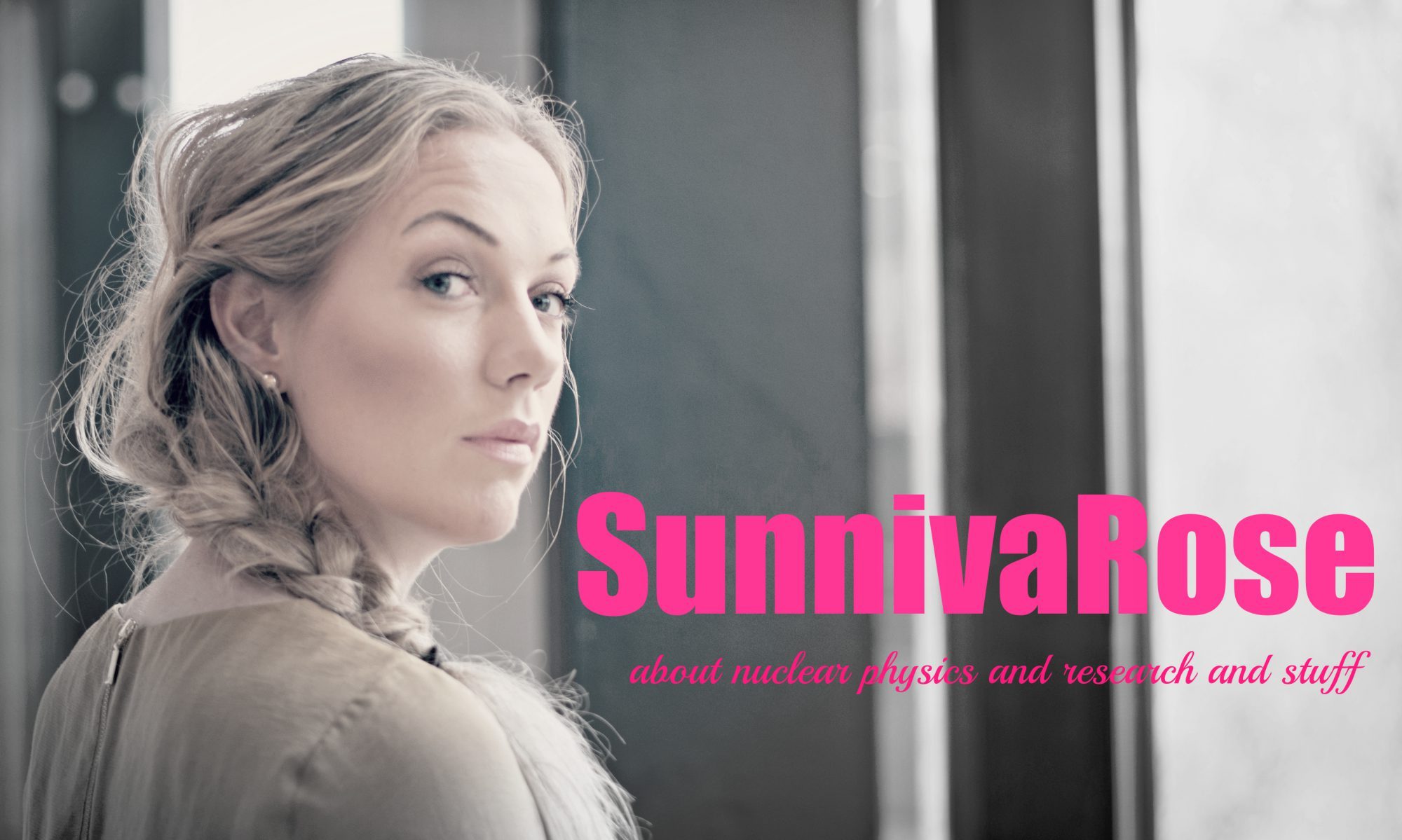First of all, the most important message to day is: MERRY CHRISTMAS to all my wonderful, fantastic readers - I love you all!
-------------------------------------------------------------
To follow up on the last blog post about stars, here are two more facts about stars that I think suits the theme of this day (my favourite day of the year):
1) There is no “Star of Bethlehem”, or "Christmas star". What the wise men probably saw on their way to meet baby Jesus, was Halley's comet (there are other theories as well, but I like the comet theory 🙂 ), which was visible 11 or 12 years BC.
We told Alexandra this the other day, and she replied by instructing us to change the word "star" into "comet" in the songs 😀 (For the record: I have no trouble singing "star" - this was her choice...)
2) The most poetic fact is that we are all made of star dust (or we can call it starstuff), and Carl Sagan said it so beautifully and fantastic, I will just finish this holiday blog post with his words:














